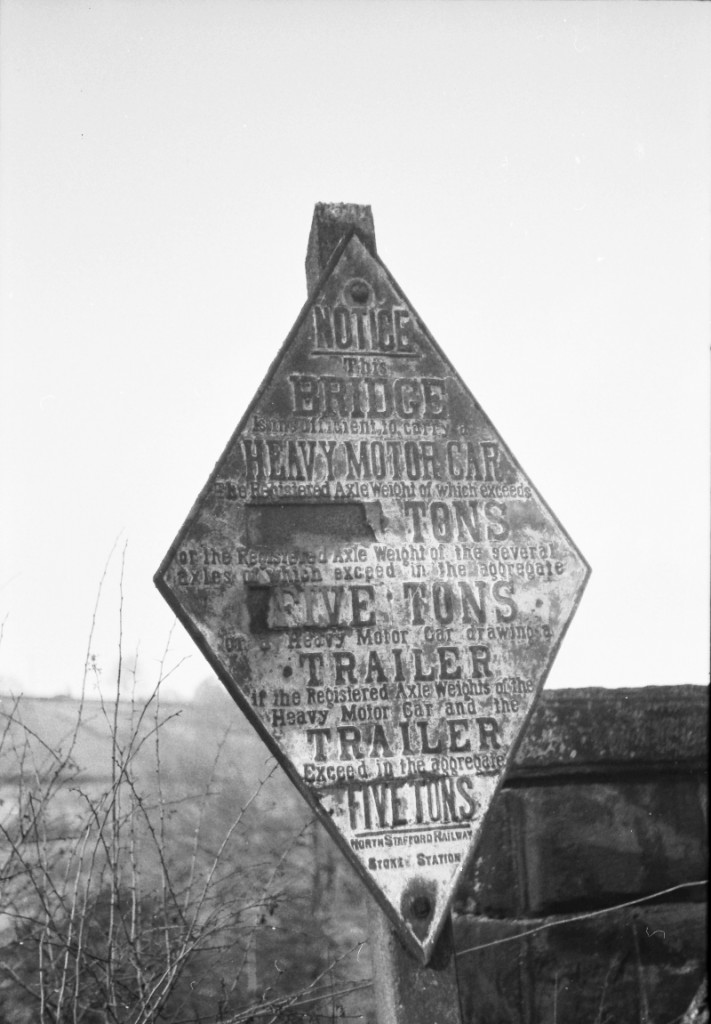2010-04-15 04:16:19
History of the Word "Charabanc".
The word "charabanc" was adopted into English from the French "char-à-bancs" or "char à bancs" (the hyphens appear to be optional). The literal meaning is "wagon with benches", and in 1845 it is recorded as meaning "light two- or four-wheeled vehicle with benches". The first part ("char") is a very old word for a wheeled vehicle of high status, to which our words "car" and "chariot" are related. The form "char-à-bancs" is singular; the plural form is "chars-à-bancs".
When the word first came into English, the French form (with slight variations) was used. This is illustrated by the following quotations:
1816 (Byron's Journal): "One of the country carriages (a char-à-banc)."
1820 (Ebell and Wall's Travellers Guide to Switzerland): "The char-à-banc is a wagon provided with a long covered bench, on which you may either lie down or sit sideways, as in our long Bath coaches."
Before very long the word was anglicized:
1826 (Joseph Moyle Sherer's Notes and Reflections During a Ramble in Germany): "On my arrival at Como I immediately took a charabanc."
By 1887 Birmingham coach-builders John Marston & Co were advertising their "new patent char-au-banc omnibus" (trying to out-French the French and getting it wrong!).
The French form of the word continued to be used, occasionally in the strictly correct form (with "bancs"):
1909 (Daily Telegraph): "A char-à-bancs, containing eighteen passengers, being overturned."
The word was shortened to "sharry" (first recorded 1923), "chara" (1928), "charry" (1928) and "sharra" or "sharrer" (1934). The following quotation is interesting:
1977 (Listener): "And charabanc: it went from bang to bong and back again to bang ... 'Meanwhile,' says Mr Ferris, 'the nation went about its business and called it either a coach or a sharra'."
By the 1930s the traditional open motor charabanc was rapidly disappearing, to be replaced by the enclosed motor coach. However, the new coach was still called a charabanc for many years.
The word is now marked in dictionaries as "archaic" or "dated", if it occurs at all. The most recent Australian dictionary that I have looked at (2004) doesn't contain "charabanc" (or any of its variants).
Sources:
F J M Noël and C P Chapsal. Nouveau Dictionnaire de la Langue Française. Tenth edition. Paris: Maire-Nyon, 1845.
J A Simpson and E S C Weiner (editors). The Oxford English Dictionary. Second edition. Oxford: The Clarendon Press, 1989.
Lesley Brown (editor). The New Shorter Oxford English Dictionary. Oxford: The Clarendon Press, 1993.
Robert Allen (editor). The New Penguin English Dictionary. London: Penguin, 2000.
Bruce Moore (editor). The Australian Concise Oxford Dictionary. Fourth edition. South Melbourne: Oxford University Press, 2004.
To relieve the verbiage, here are two pictures (set in Coventry and Cornwall respectively) reminding us that the charabanc pre-dates the motor era:

